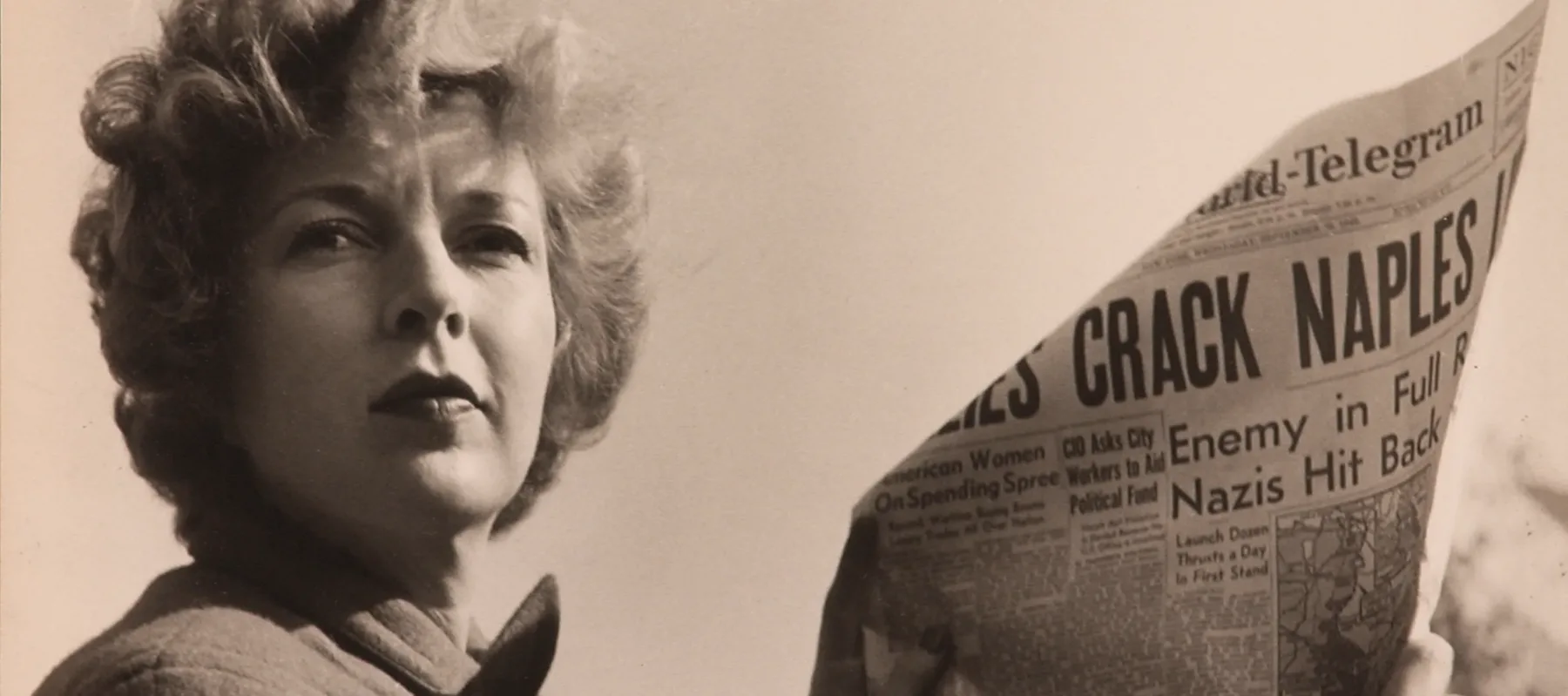As the Taliban takes power in Afghanistan, DW profiles Afghanistan’s first woman street artist, Shamsia Hassani, whose art gives voice to Afghan women. Hassani’s social media accounts went silent as the Taliban took over Kabul this week, but a new work, Death to Darkness (2021) was published on Tuesday.

Women artists face increased danger for their gender and for pursing work that the Taliban has considered in violation of its strict interpretation of Islamic law. Acclaimed Afghan filmmaker Sahraa Karimi wrote an open letter last week, warning of the negative impact of the Taliban’s takeover of Afghanistan on women, girls, and artists.
Front-Page Femmes
Multidisciplinary artist Kaari Upson, whose work explores the cause and effect of psychological trauma, both personal and collective, has died at age 49. Upson’s work was featured in the NMWA exhibition No Mand’s Land in 2017–18.
The Art Newspaper interviews Barbara Kruger ahead of her forthcoming survey at the Art Institute of Chicago, which will include five new LED displays that revise her early catchphrases.
The New York Times profiles the Black artists, including painter Ellen Gallagher and choreographer Stefanie Batten Bland, who have left the U.S. for new lives abroad.
Art in America reviews Tina Campt’s forthcoming book A Black Gaze: Artists Changing How We See, which presents her theory of what Blackness brings to making and viewing art.
Hyperallergic reviews Brenda Goodman: Travelin’ Down That Painted Road at Pamela Salisbury Gallery, noting that through her abstractions, Goodman “seems to both revisit trauma and heal it.”

Painter Jamian Juliano-Villani will open her own Manhattan gallery, O’Flaherty’s, on September 8, with an exhibition of mixed-media works by Kim Dingle.
Hyperallergic interviews filmmaker Ashley O’Shay, director of Unapologetic, about how she uplifts Black women activists without deifying them.
The Art Newspaper previews Judy Chicago’s retrospective at the de Young Museum in San Francisco, opening on August 28.
Gallery Calderón Ruiz, founded by Nicole Calderón and Mike Ruiz, will open in September in Manhattan, focusing solely on underrepresented Latinx artists.
Hyperallergic reviews Hannah Wilke: Art for Life’s Sake, on view through January 6 at the Pulitzer Arts Foundation in St. Louis.
Shows We Want to See
At the Jewish Museum in New York City, Louise Bourgeois, Freud’s Daughter explores the artist’s complex relationship with Freudian psychoanalysis through her art and writings. Bourgeois considered the act of art making a form of psychoanalysis, believing that through it she had direct access to the unconscious. The exhibition features 50 artworks contextualized with a selection of Bourgeois’s original writings. Hyperallergic recently reviewed the show. On view through September 12.

At the Morgan Library & Museum in New York City, Shahzia Sikander: Extraordinary Realities focuses on the first 15 years of the artist’s career. In paintings, drawings, sculpture, and animations, Sikander interrogates gender, sexuality, race, class, and history. From her groundbreaking deconstruction of manuscript painting in Pakistan to the development of a new personal vocabulary, the works in the show challenge concepts and terms that hem us in. On view through September 26.
